旱生植物:将它们引入你的花园
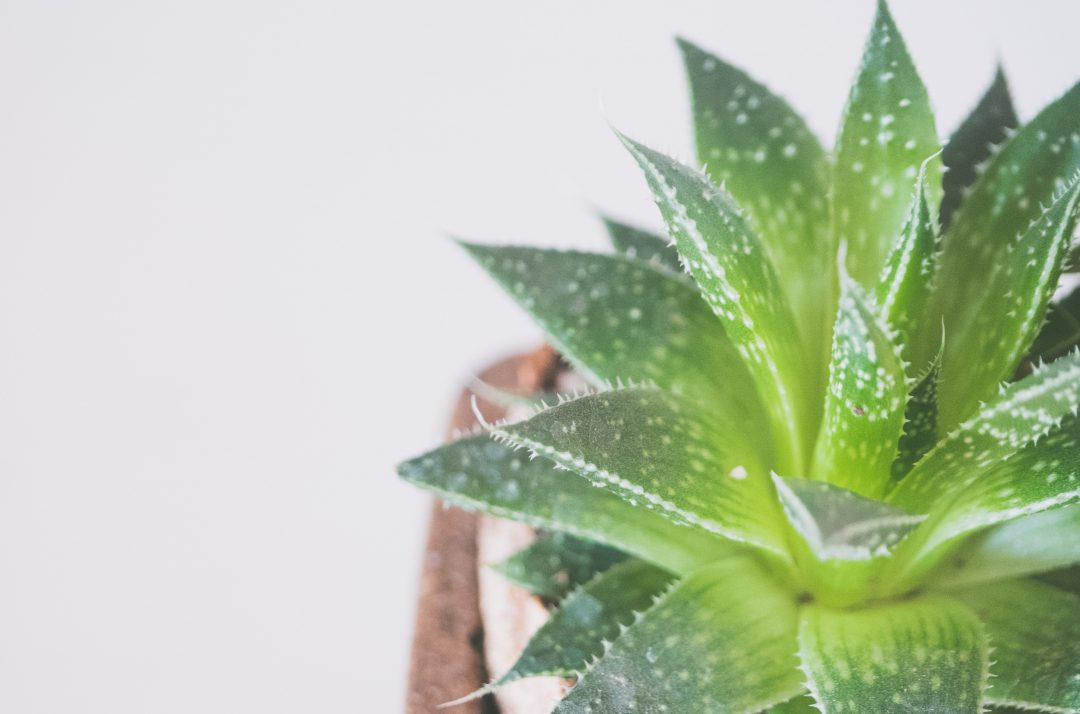
Table of contents
这些植物的抵抗力很强,不需要太多的浇水,使花园更加可持续和美丽。
这些植物具有能够长期储水的植物结构,同时也具有能够大大减少蒸腾作用的结构,在遗传上准备尽可能多地储存水分,尽可能少地损失水分。
这些植物通常有明显的适应性来储存和不浪费水,即:
- - 钉子或荆棘。
- - 根、茎或叶会膨胀以储存水分。
- - 很少有叶子和/或小的蜡质叶子,使其失去很少的水分。
- - 长根,所以它们可以在远处取水。
为了在良好的条件下发展,它们需要轻度施肥、排水良好的基质和每天许多小时的直接阳光。
有许多旱生植物、仙人掌、多汁植物、一些草和地中海植物--我们强调了一些,你可以在你的花园、阳台或露台上种植,并开始节约用水,同时不放弃植物的美丽和多样性。
阿罗伊-维拉 - ǞǞǞ


芦荟有许多不同的类型,其中最著名的一种是 芦荟 栽培它是因为它有很多药用价值:它具有保湿、愈合和消炎的作用。
使用的部分是来自叶子内部的汁液,对晒伤和其他烧伤是一种很好的舒缓剂。
它是一种高度通常不超过40-50厘米的植物,它可以开黄色、橙色或红色的花。 叶子很长,边缘有刺状齿。
它们喜欢排水良好的土壤,有机物含量少,PH值为中性或微碱性,不耐受酸性PH值。 它们每天至少需要4-5小时的直接阳光。
只有在极度干旱的情况下才应浇水。 在春季和夏季用适合仙人掌和多肉植物的肥料施肥。 不应修剪它们。
渴望 - PITEIRA
龙舌兰是原产于墨西哥的多汁植物。 龙舌兰种类繁多,可以成功地用于观赏目的。
这些植物具有巨大的商业价值,因为它们生产 梅斯卡尔 , a 龙舌兰酒 龙舌兰糖和剑麻,以及其他产品。
它们通常被称为蟒蛇。
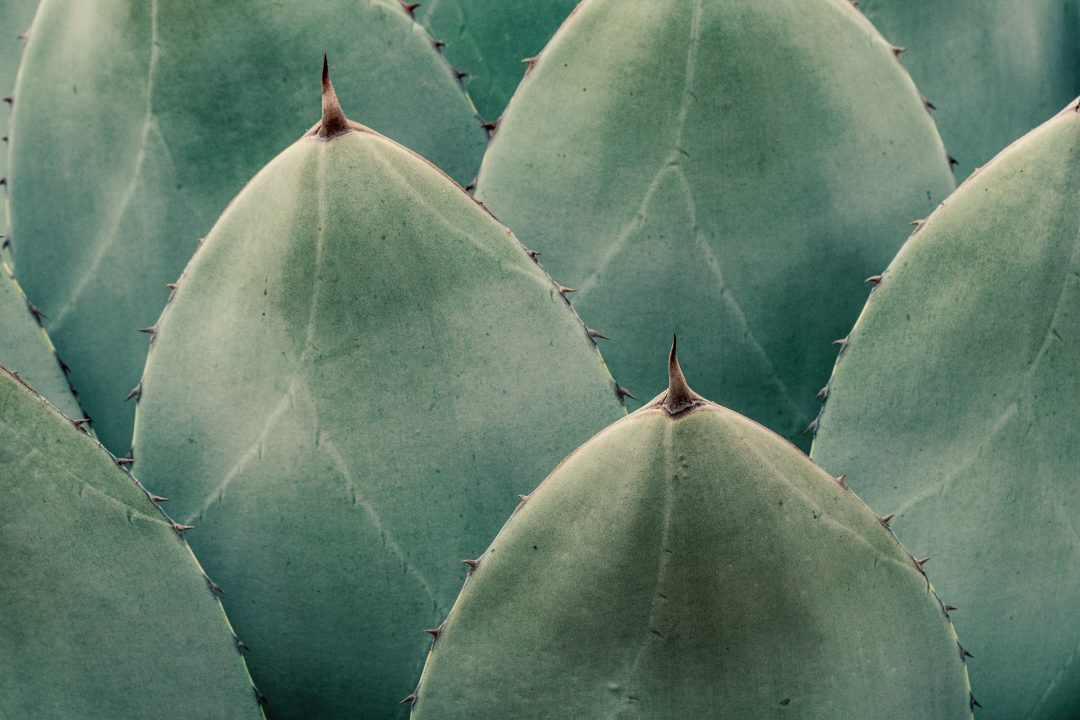

根据不同的品种,琼花的高度可以达到0.4至2米。 龙舌兰(Agave attenuata 和 Agave angustifolia .
它们全年每天需要许多小时的阳光直射,它们适应任何类型的土壤和水的供应。 它们对基质没有要求,只是要求排水良好,有机物含量低。
这种植物一生只开一次花,然后死亡,但植物不会消失,因为在此期间,新芽已经从母株上发育出来。
只有在极度干旱的情况下才应浇水。 在春季和夏季用适合仙人掌和多肉植物的肥料施肥。 不应修剪
阿布图斯-联合国发展组织 - 医学博士
草莓树的拉丁文名称是 熊果树(Arbutus unedo) - "unedo "的意思是吃一个!
在非常成熟的时候,草莓树的果实具有高浓度的酒精,如果吃了太多的水果,会引起某种醉酒的感觉。
See_also: 韭菜:药用特性和用途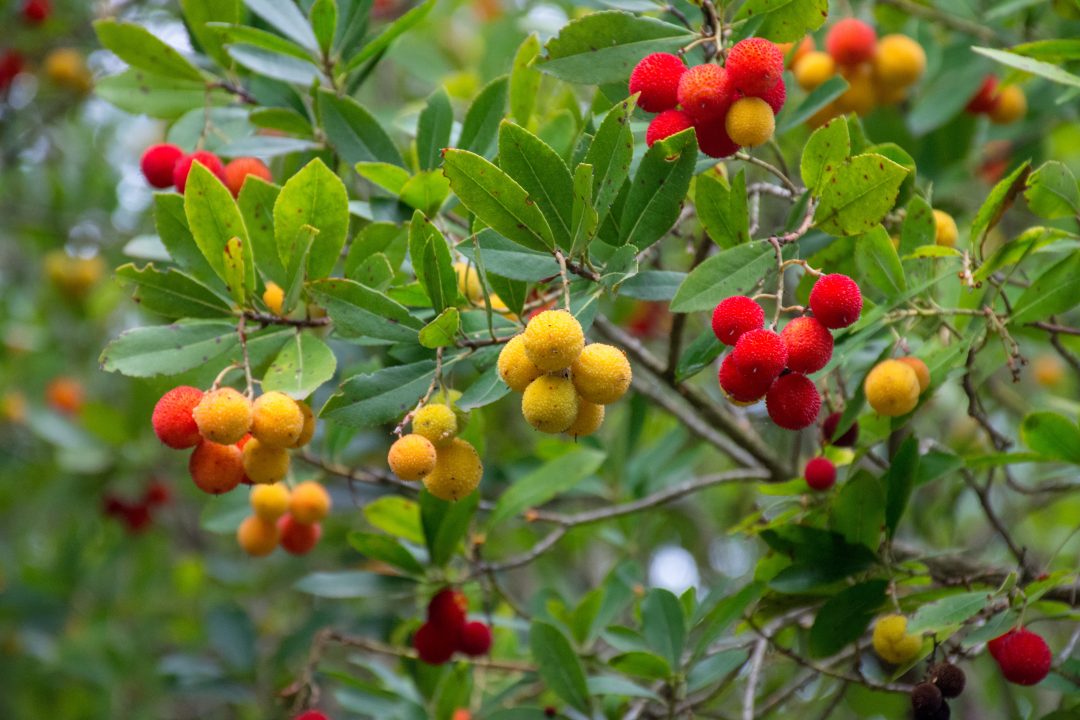

草莓树可用于食用、药用和制作著名的白兰地。 它可以被认为是一种大灌木或小树,它的花期很长,可以从秋天一直延续到第二年春天,它在秋天结果,经常同时开花和结果。
林普兰特(LAMPRANTHUS SPP - 中国
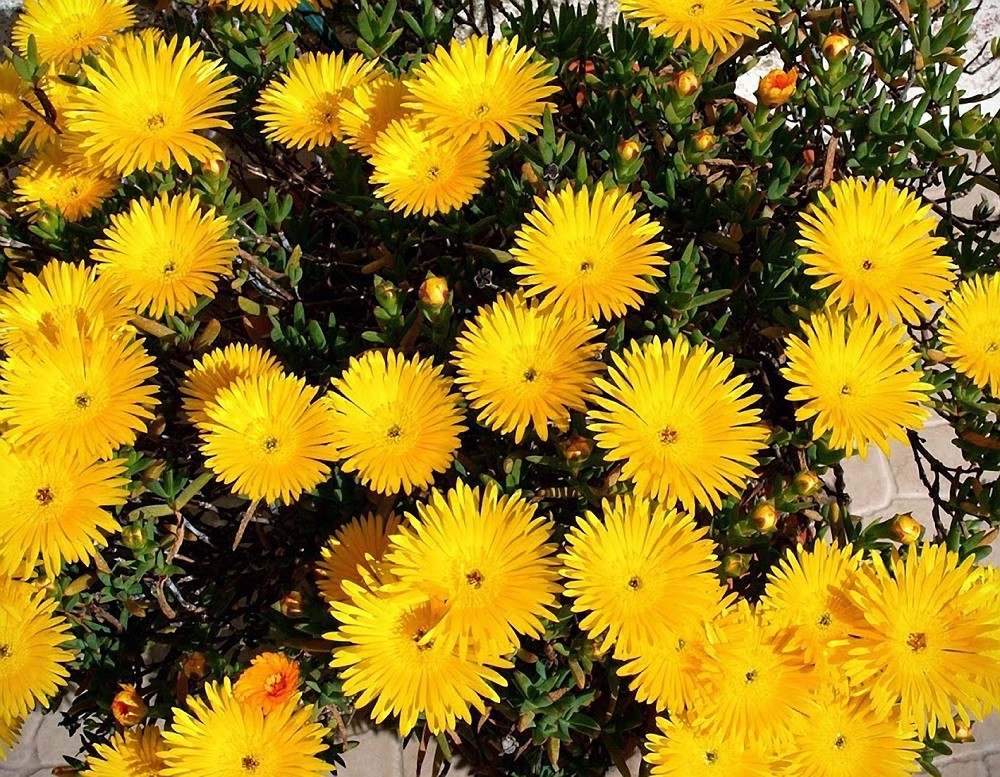

在葡萄牙通常被称为 "chorina"。 灯心草 它们是具有肉质叶子的匍匐多肉植物,只需要很少的维护。
它们原产于南非,因其在春季和夏季的壮观的花朵而脱颖而出。
你的名字 灯心草 来源于希腊语的单词 漆器 (明亮)和 蚁族 (花),指其艳丽的花朵。
这些花对蜜蜂和其他授粉昆虫非常有吸引力。
有许多不同颜色的花:粉色、橙色、黄色、红色和白色。 其中一些(特别是丁香花)几乎全年都在开花。
它们被广泛用于花坛、岩石花园、窗框和吊篮。
它们全年都需要每天许多小时的阳光直射,它们适应任何类型的土壤和水的供应。 抗风和抗海风。
它们对基质的要求不高,可以是沙质或石质,它们只需要排水良好,有机物含量低。 只有在极度干旱的情况下才应该给它们浇水。
春季和夏季用适合仙人掌和多肉植物的肥料施肥。 开花后可稍作修剪。
See_also: 马郁兰,一种非常芬芳的芳香剂对病虫害的抵抗力很强,这些植物有一个特点,就是花在一天结束时关闭,在早晨开放,在中午时分盛开。
在一些地区,正是因为这个原因,他们把它们叫做中午。
天乐PHORMIUM - 新西兰亚麻
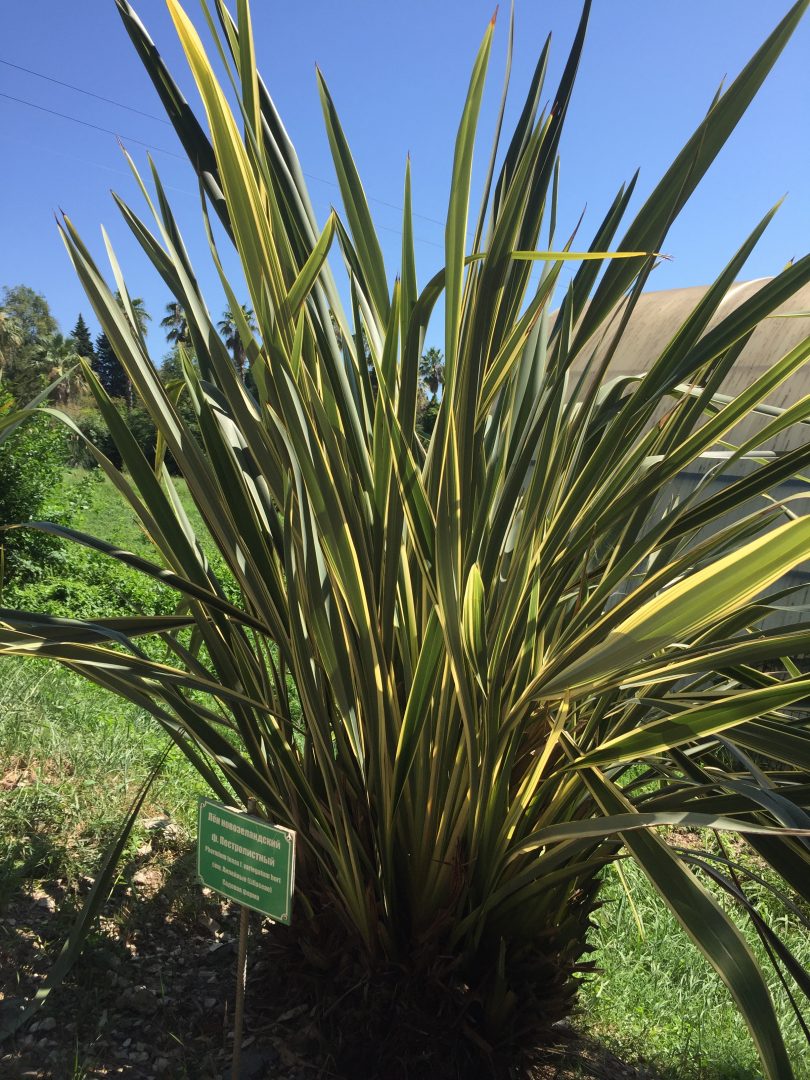

它们也被称为formium,是非常有抵抗力的植物,有发达的根茎和观赏性的叶片。 根据不同的品种,它们的高度可以达到3米。
有一些品种的叶子颜色和形状非常不同,有绿色、黄色、橙色、紫色等各种颜色的叶子,花序通常在春天出现,呈红色。
在新西兰,从其叶片中提取的纤维被用来制作篮子和其他工艺品。
它们需要许多小时的阳光,有些品种可以生活在半阴的地方。
它们喜欢肥沃、排水良好、富含有机物的土壤。 它们需要在春季和夏季定期浇水和施肥。
鸱鸮 - BROOM
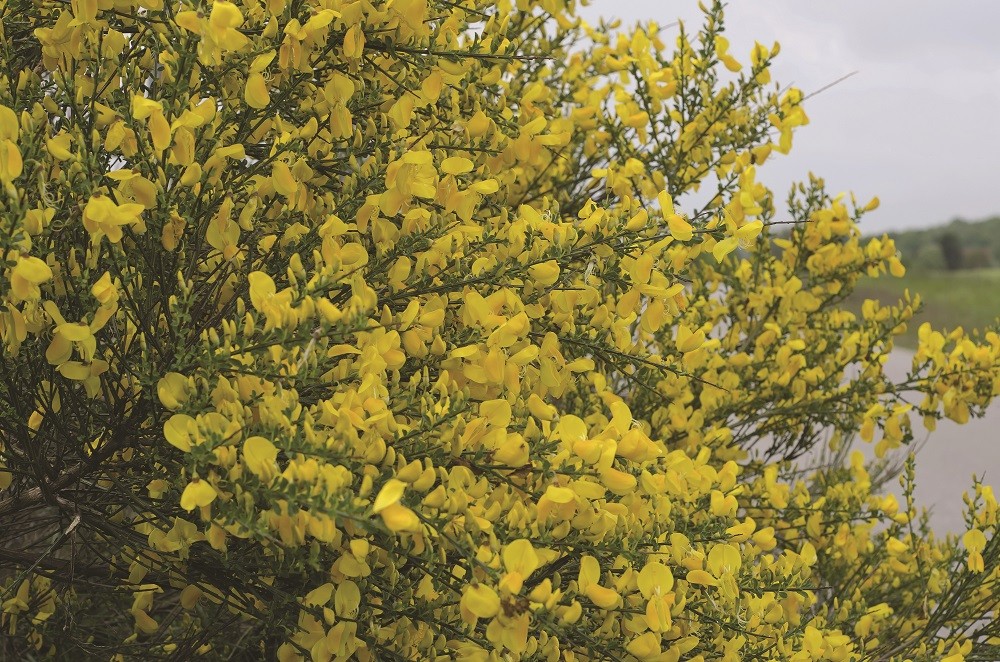
 笤帚
笤帚 扫帚在该国的一些地方被称为maias,因为这是一个开始开花的月份。
扫帚有许多种,但这是最常见的一种,也是最顽强和最容易种植的一种。 地中海式落叶灌木,枝干灵活,非常耐高温和干燥。
对基质和土壤的要求非常低,只需要它们是贫瘠和石质的。 在英语中,这种扫帚被称为 葡萄牙扫帚 指的是它的起源和它作为原料制作扫帚的传统用途。
它通常在4月至6月盛开,开着茂盛的黄色花朵,高度达到1-3米。
证券时报 SPP - SEDUM
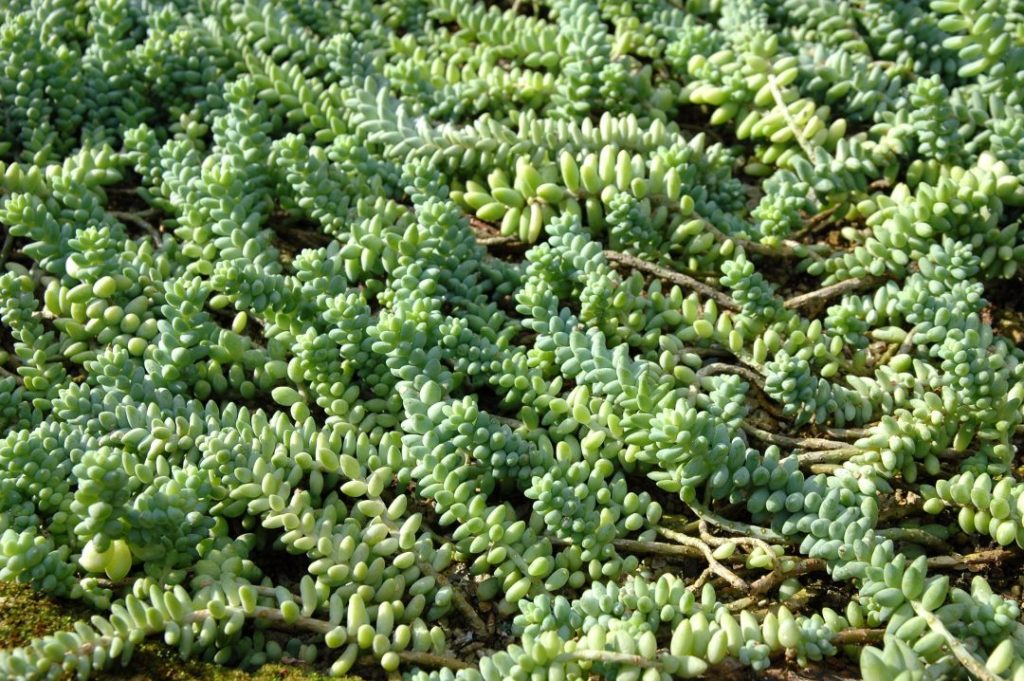

这是一种起源于欧洲的多肉植物属,广泛用于花盆、种植槽、花坛、吊篮、岩石花园等。
它也是最喜欢用于绿化覆盖物的植物之一,因为它的抵抗力、土壤覆盖程度和易于维护。
有许多不同品种的 景天 它们之间的组合非常好,可以创造出非常多彩和原始的地毯。 它们每天需要许多小时的阳光直射。
它们喜欢排水良好的基质或富含有机物的土壤。 在最热的时期,它们需要每周浇水。 在春季和夏季,它们应每月施肥。
你喜欢这篇文章吗?
因此,请阅读我们的杂志,订阅Jardins Youtube频道,并在Facebook、Instagram和Pinterest上关注我们。

